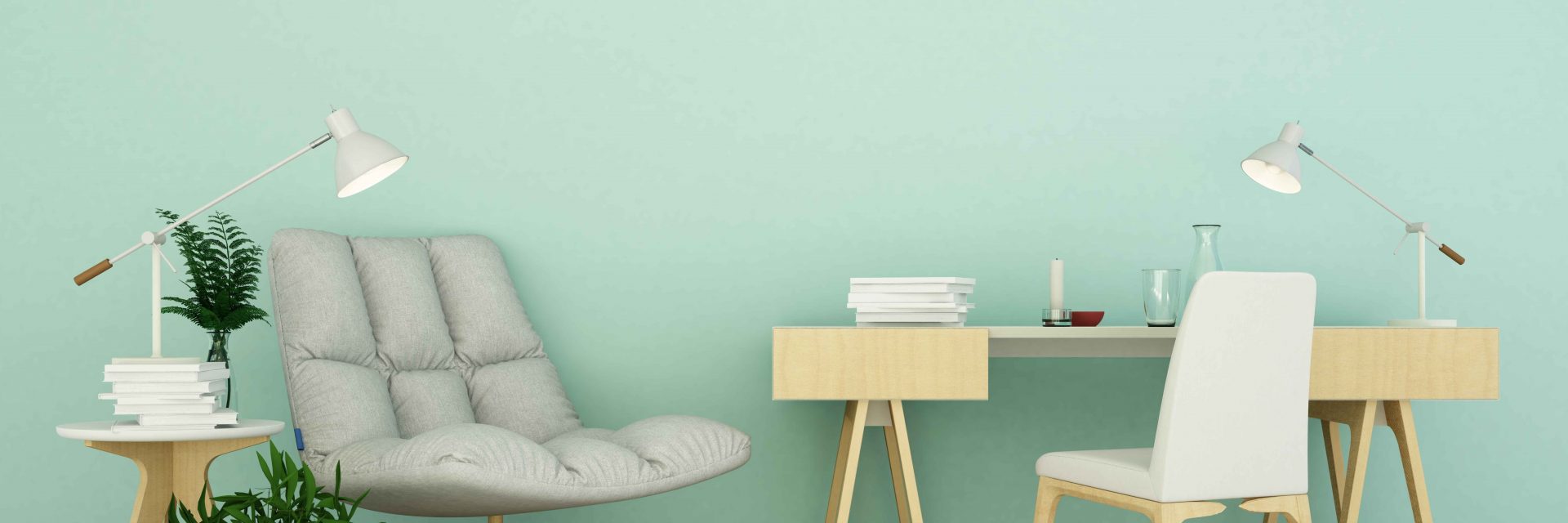Prepare Your Wall Surfaces For Paint By Utilizing Essential Suggestions And Strategies That Ensure A Remarkable Coating-- Discover The Essential Actions To Elevate Your Job
Prepare Your Wall Surfaces For Paint By Utilizing Essential Suggestions And Strategies That Ensure A Remarkable Coating-- Discover The Essential Actions To Elevate Your Job
Blog Article
Write-Up By-Lyhne Bland
When you're prepping your walls for painting, it's important to follow a methodical procedure to ensure a perfect coating. Begin by checking out the wall surface for any type of damage; this action can make or break your job. As soon as you've determined any type of concerns, cleaning the surface area correctly is vital, as a dirty wall can affect paint bond. Afterwards, you'll require to patch any flaws and use a primer. But there are specific strategies and tips that can raise your preparation game-- let's explore those further to accomplish the best outcomes.
Assessing Wall Surface Condition
Prior to you grab your paintbrush, take a minute to examine your wall surfaces' problem. Look for any noticeable damage like fractures, openings, or peeling off paint. These flaws can influence exactly how the paint adheres and looks once it's completely dry. If you notice any kind of significant damage, you'll need to prioritize repair work before diving right into paint.
Look very closely at the appearance of your walls. Is the surface area smooth, or is there structure that might call for special factor to consider? Smooth walls typically call for less prep, while distinctive surfaces might need even more time to paint evenly.
Also, think about the previous paint work. If the old paint is glossy, it mightn't permit new paint to stick effectively. You'll need to know if your walls have been painted with oil-based or water-based paint, as this can affect your choice of guide or paint.
Lastly, make note of any kind of wetness problems. If you see indicators of water damages or mold, address these problems promptly to stop more difficulties.
Cleaning up the Surface area
When you have actually evaluated the problem of your wall surfaces, the following step is cleansing the surface area. Beginning by gathering your materials: a container, cozy water, a mild cleaning agent, a sponge or towel, and a scrub brush for tougher areas.
Begin on top corner of the wall surface and work your method down. Mix the cleaning agent with warm water in your container, after that dip the sponge or cloth into the solution. Wring it out to stay clear of too much wetness on the walls.
As you cleanse, pay close attention to locations that may've gathered dirt, grease, or finger prints. For persistent discolorations, use the scrub brush delicately to avoid damaging the paint under. Wash your sponge or towel frequently in tidy water to stop spreading dirt around.
After cleaning, interior painting to wipe the walls with a wet fabric to remove any type of soap deposit. This action makes sure a smooth surface for the brand-new paint to abide by.
Permit the wall surfaces to dry entirely before moving on to the next preparation actions. This complete cleaning process will certainly aid create a fresh canvas for your painting task, ensuring the very best outcomes.
Patching and Priming
Patching and priming are important steps in preparing your walls for a fresh layer of paint. First, inspect your wall surfaces for any openings, splits, or flaws. Use a top quality spackling compound or patching paste to fill these areas.
Apply the substance with a putty blade, smoothing it out so it's flush with the bordering surface area. Enable it to dry completely, and afterwards sand it gently until it's smooth and even.
As soon as you've covered whatever, it's time to prime. Primer aids seal the patched areas, making sure the paint sticks properly and offers a consistent finish. Select a primer suitable for your wall type and the paint you'll be making use of.
Use visit this page utilizing a roller for bigger locations and a brush for corners and edges. If your patched areas are considerably big or porous, you might wish to use a second coat of guide after the initial one dries out.
After priming, allowed everything completely dry extensively before proceeding to paint. This prep work won't just boost the look of your wall surfaces however additionally prolong the life of your paint task.
Take your time, and you'll be pleased with the results.
Conclusion
By complying with these easy steps, you can achieve a smooth and professional finish on your wall surfaces. Start by analyzing their problem, then tidy and patch any flaws prior to using guide. Remember to enable sufficient drying time and guarantee everything is smooth prior to you dive into painting. With the right preparation, you'll establish the stage for an attractive change in your space. Now, collect your materials, take in the fresh air, and prepare yourself to paint!
